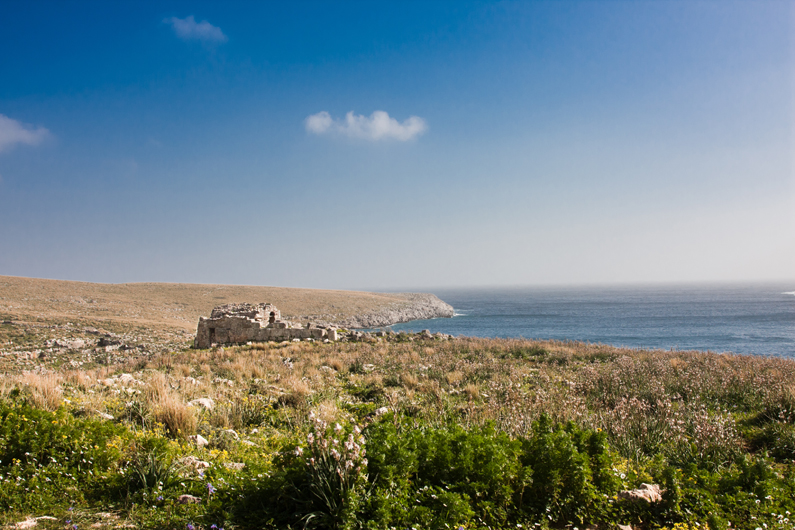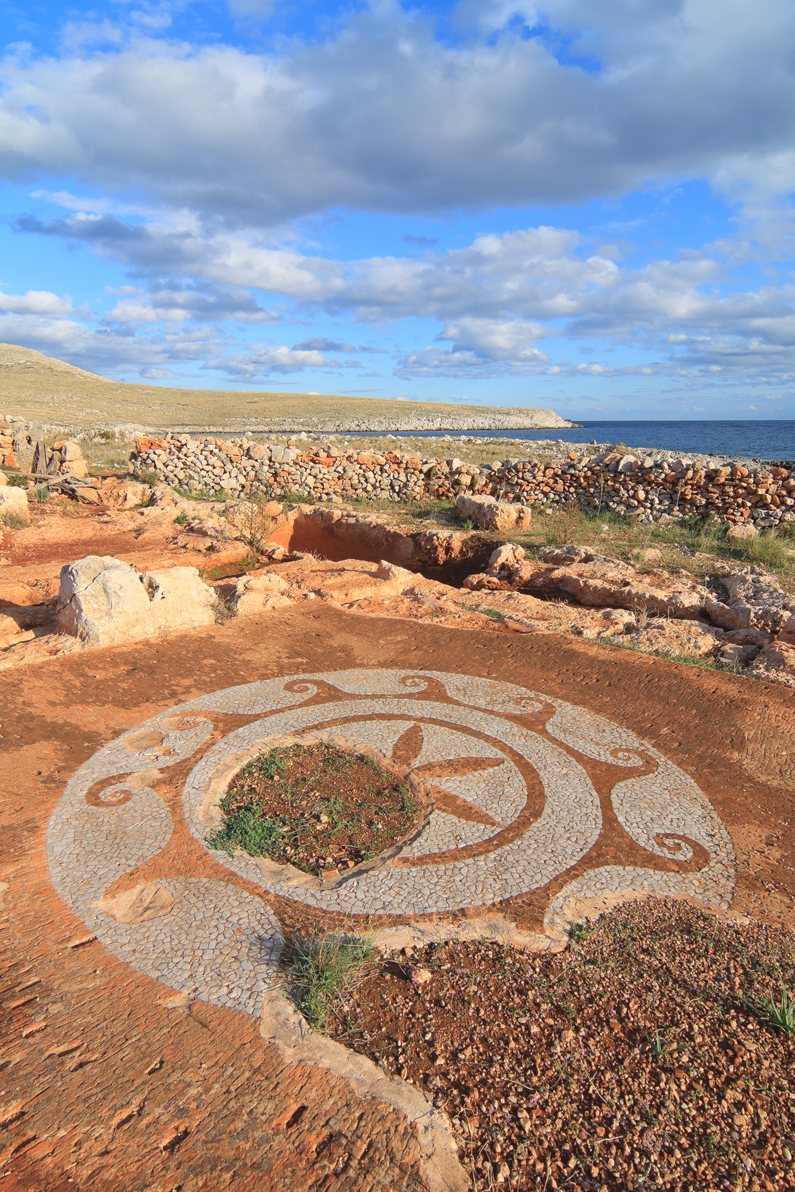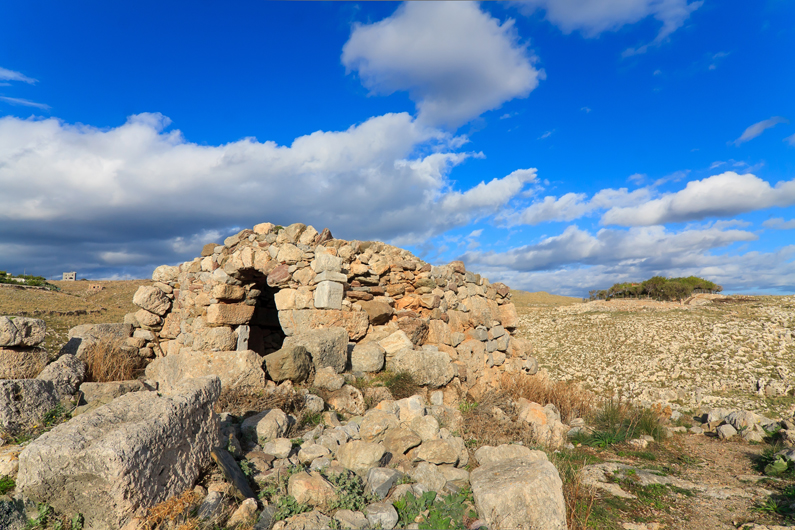The Temple of Poseidon

Carved by nature and time and full of antiquities, the Akrotainaron area – the tip of the cape – awaits guests to reveal its ancient paths to them.
It’s here that the god of the sea Poseidon was worshipped and given various names; o epi Tainaro, Tainarios, Asphaleios, Gaiiochos and Pontius. This is how you will find Poseidon in ancient historical texts. Besides, Poseidon was not only protecting the sailors. It was he who caused storms and earthquakes, and he could also calm down the sea and stabilize the earth.
The ancient Greeks chose this unique location to build the temple and honor the god Poseidon.
The sacred sanctuary of Poseidon was built in a cave. The path to the interior, carved into the rock, was preparing him who wanted to get into the psychopompeion. It also functioned as a necromancy and oneiromancy temple. The cave located inside the temple was connecting the Underworld to the Upperworld. This was believed to be the gates of Hades, guarded by the monstrous three-headed dog Cerberus. The temple was also established as a place for persecuted who fled there for protection.

According to the myth, a dolphin saved Poseidon from drowning and transferred him safely to the temple. So, at the entrance stood a bronze statue of Arion Citharoedus (or Orion) seated on a dolphin and a small fountain, that anyone who looked in it could see the sea and ships.
At this holy location you will also find the chapel of Asomatos. It is believed that the ancient temple stood right where the Christian church is today. However, contemporary researchers find this unlikely. The temple of Poseidon probably stood somewhere near this location, and some of its materials were used in constructing the chapel of Asomatos.

Although the building materials of the Temple of Poseidon have disappeared, the carvings in the rock revive the way that the temple was founded and takes visitors on a journey to its ancient secrets paths.



